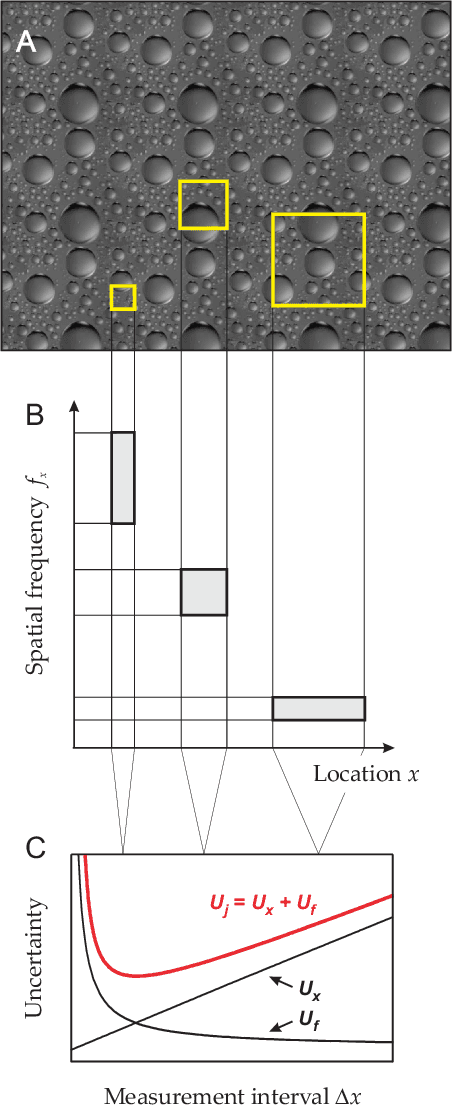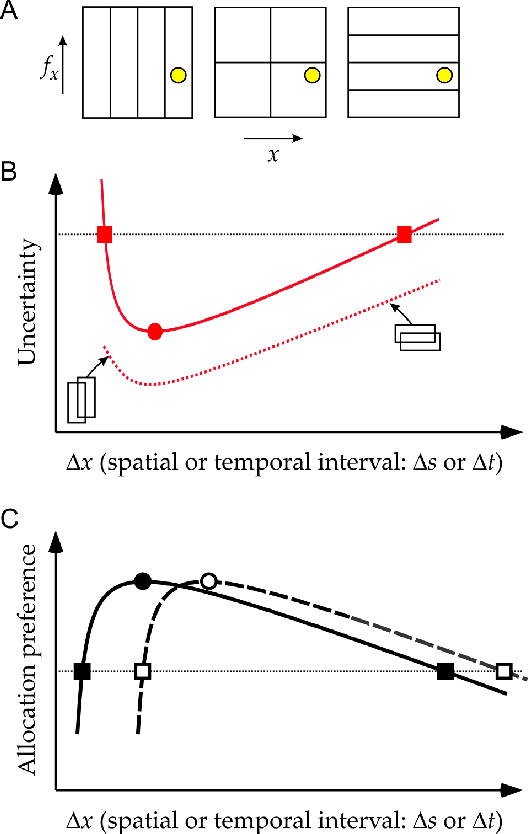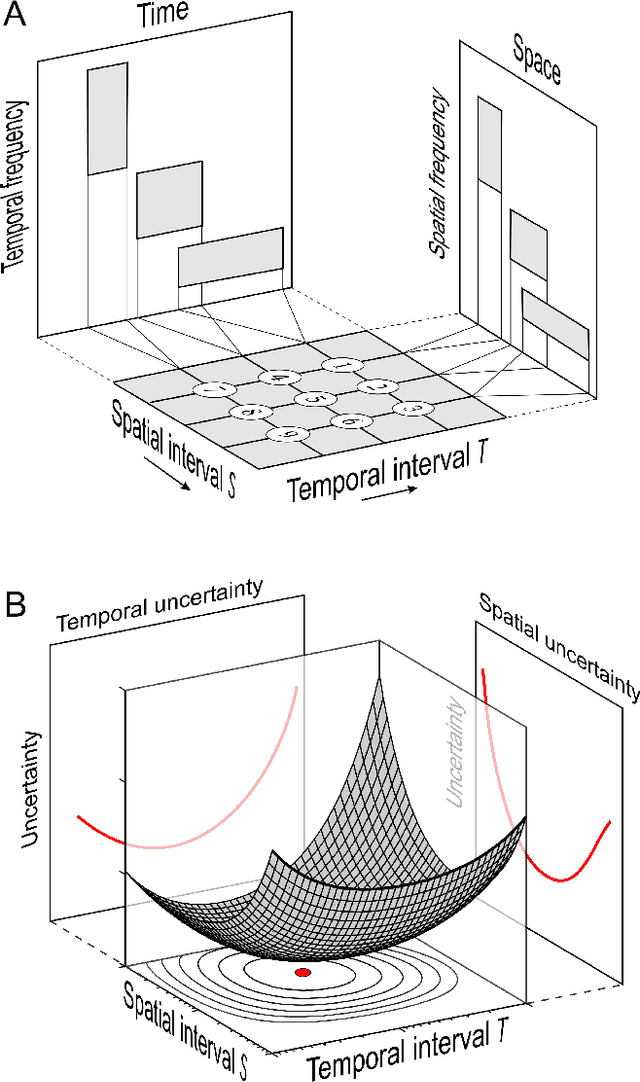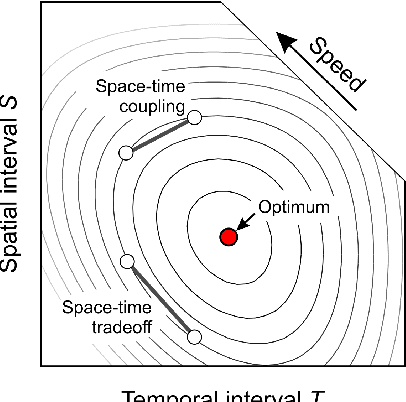Optimal measurement of visual motion across spatial and temporal scales
Paper and Code
May 03, 2014



Sensory systems use limited resources to mediate the perception of a great variety of objects and events. Here a normative framework is presented for exploring how the problem of efficient allocation of resources can be solved in visual perception. Starting with a basic property of every measurement, captured by Gabor's uncertainty relation about the location and frequency content of signals, prescriptions are developed for optimal allocation of sensors for reliable perception of visual motion. This study reveals that a large-scale characteristic of human vision (the spatiotemporal contrast sensitivity function) is similar to the optimal prescription, and it suggests that some previously puzzling phenomena of visual sensitivity, adaptation, and perceptual organization have simple principled explanations.
 Add to Chrome
Add to Chrome Add to Firefox
Add to Firefox Add to Edge
Add to Edge